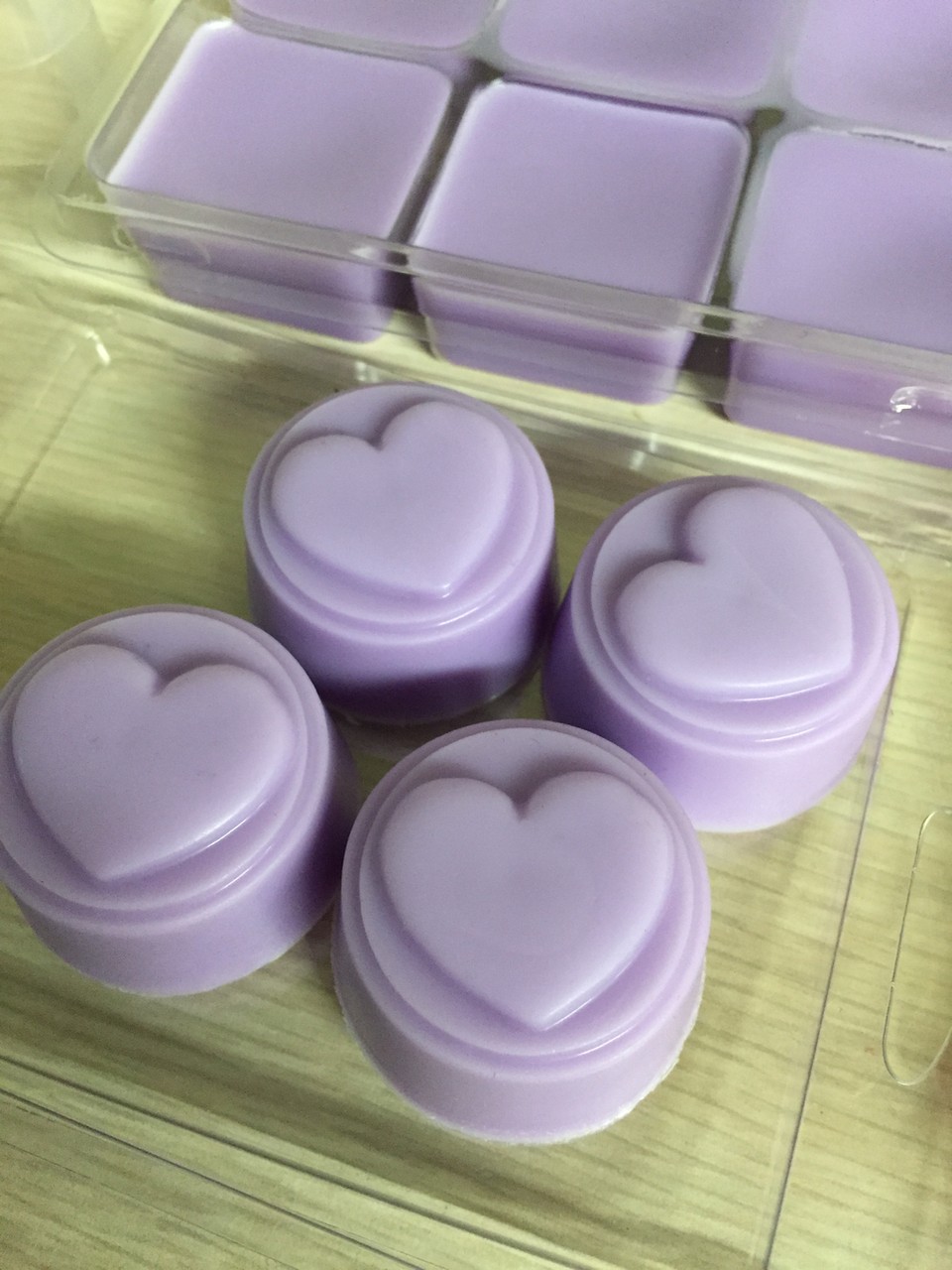Waxes!
It seems there are dozens of waxes to choose from for personal care type products, which it makes it both confusing and exciting for formulators! Waxes give structure to our products, keep them firm – in the case of lip balms or lotion bars – and help our products be flexible but not brittle. There...

